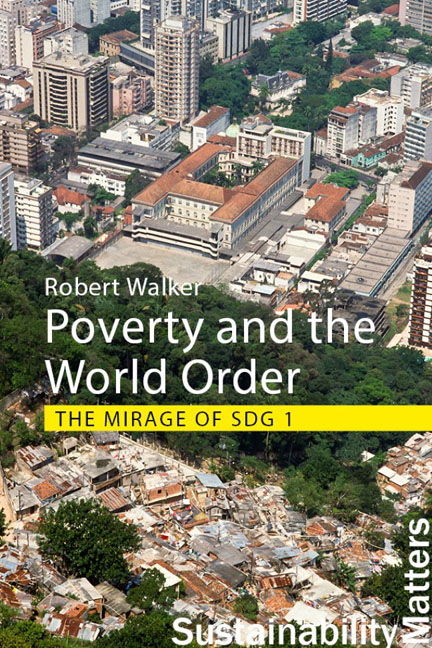Book contents
- Frontmatter
- Contents
- List of figures, tables and case studies
- 1 SDG1 and the nature of poverty
- 2 Progress to 2015
- 3 The origins of SDG1
- 4 Progress since 2015
- 5 The impact of Covid-19
- 6 Tackling the root causes of poverty
- 7 Global governance and its limitations
- 8 Relying on “we the people”
- 9 Towards a moral world order
- 10 A postscript
- Glossary
- References
- Index
4 - Progress since 2015
Published online by Cambridge University Press: 23 January 2024
- Frontmatter
- Contents
- List of figures, tables and case studies
- 1 SDG1 and the nature of poverty
- 2 Progress to 2015
- 3 The origins of SDG1
- 4 Progress since 2015
- 5 The impact of Covid-19
- 6 Tackling the root causes of poverty
- 7 Global governance and its limitations
- 8 Relying on “we the people”
- 9 Towards a moral world order
- 10 A postscript
- Glossary
- References
- Index
Summary
The new Agenda builds on the Millennium Development Goals and seeks to complete what they did not achieve, particularly in reaching the most vulnerable.
Reading this sentence from Transforming our World, the UN declaration announcing the Sustainable Development Goals in 2015, one could be forgiven for assuming that they are simply the MDGs Mark 2 (UN 2015a: para. 16). The reality, however, is very different. While homage is paid to the MDGs, it is only as relics belonging to an earlier civilization. Although SDG1, like MDG1, relates to poverty, the real action in negotiating the SDGs took place elsewhere, leaving SDG1 poorly specified.
This situation arose for several reasons to be elucidated in the first part of this chapter. In summary, the momentum behind the SDGs came, not from the poverty lobby, but from environmentalists schooled in ideas of sustainable development. In addition, state actors from the Global South, reacting to the MDGs drawn up by donor countries, aspired to do things differently. However, governments of many OECD countries resisted fundamental change, making it remarkable that agreement was achieved and that outright confrontation between North and South was avoided. It is generally recognized that this was made possible by skilled leadership operating in a new consultative way that weakened pre-existing alliances and power structures. It must be noted, however, that this recognition rests heavily on the writings of the main protagonists who shaped the negotiations and brokered the outcome (Kamau et al. 2018).
The influence of the sustainability lobby is evident in the expansion of the goals to embrace environmental, economic and social objectives and in the emphasis given to the interconnectedness of goals. The SDGs also differ from the MDGs in that they include targets relating to the “means of implementation”. Given that these targets necessarily allude to resources, they emphasize the need for global partnership and transfers in cash and in kind to assist less developed nations.
The five substantive and two means of implementation targets associated with SDG1 are examined in the second section along with the most important of the 13 indicators. Taken together, the targets and indicators appear as casualties of the confusion between the different concepts of poverty discussed in Chapter 1.
- Type
- Chapter
- Information
- Poverty and the World OrderThe Mirage of SDG 1, pp. 63 - 84Publisher: Agenda PublishingPrint publication year: 2023

